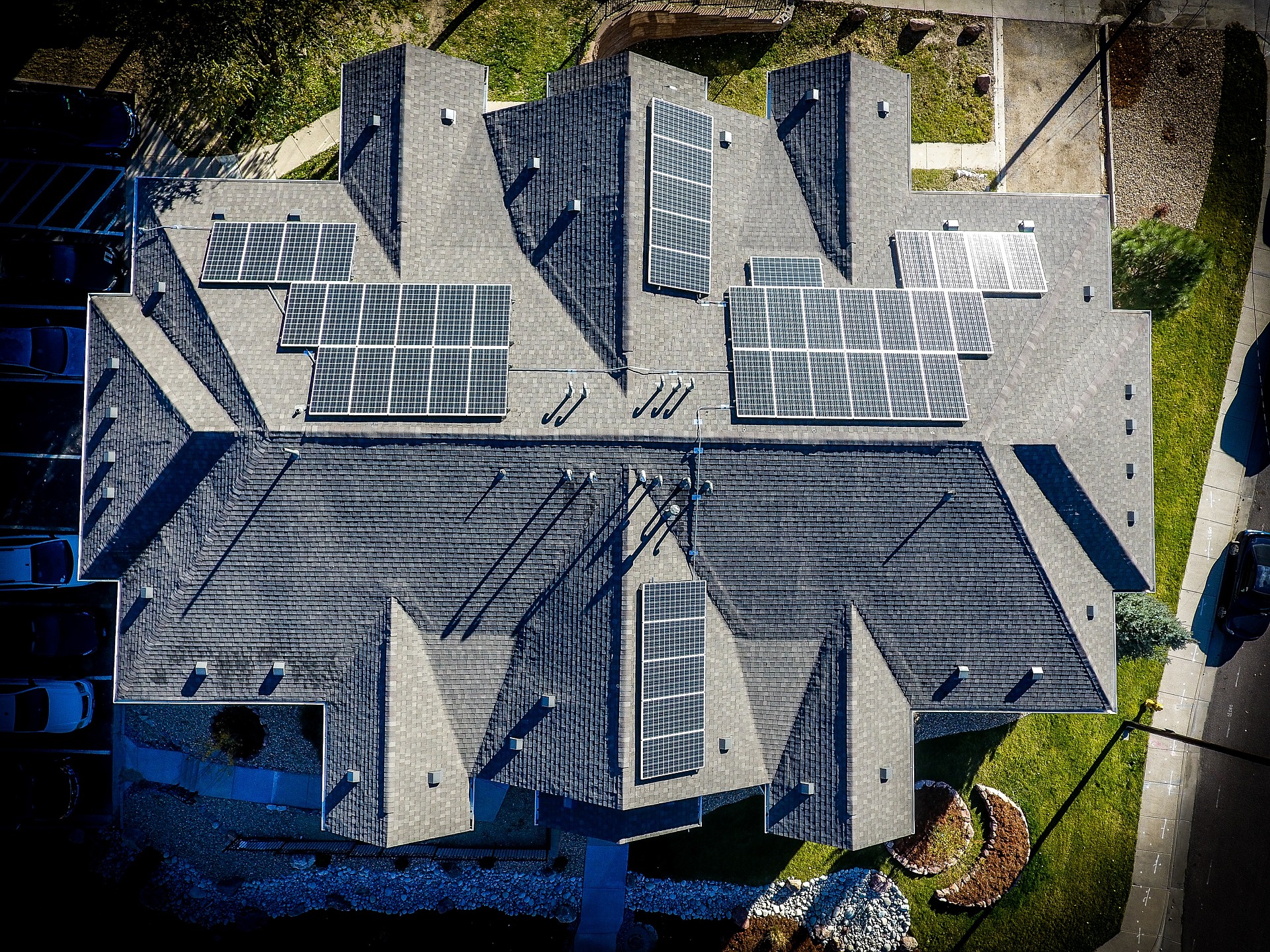Transparent Solar Panels - Challenges and Future Prospects
As the world becomes increasingly digital, the demand for energy-efficient solutions is on the rise. One such innovation that is gaining traction is the development of transparent solar panels. These panels are set to revolutionize the way we harness solar energy, offering a plethora of applications in the electronics industry. Read below to learn more about this groundbreaking technology and its potential impact.

The Concept of Transparent Solar Panels
Transparent solar panels, as the name suggests, are solar panels that allow light to pass through them. They are made from organic materials, primarily consisting of carbon and hydrogen. Unlike traditional solar panels, which are opaque and absorb sunlight, transparent solar panels absorb invisible wavelengths of light. This allows them to be used in a variety of applications, from windows to electronic device screens, without obstructing visibility.
The Technology Behind Transparent Solar Panels
The technology behind transparent solar panels is quite fascinating. These panels utilize a thin layer of organic molecules to absorb ultraviolet and infrared light. This light is then transformed into electricity by photovoltaic cells. The visible light, however, passes through the panel, making it appear transparent. This technology is still in its early stages, but researchers are optimistic about its potential.
Potential Applications of Transparent Solar Panels
The potential applications of transparent solar panels are vast. They could be integrated into windows, turning buildings into self-sufficient energy producers. They could also be used in electronic devices, such as smartphones and laptops, to provide a renewable source of power. This would significantly extend the battery life of these devices and reduce their environmental impact.
Challenges and Future Prospects
Despite the promising potential of transparent solar panels, there are still several challenges to overcome. The efficiency of these panels is currently lower than that of traditional solar panels. However, researchers are continuously working on improving this aspect. With further advancements, transparent solar panels could become a common feature in our everyday lives, contributing significantly to a sustainable future.
Impact on the Electronics Industry
The advent of transparent solar panels could have a profound impact on the electronics industry. It could lead to the development of self-charging electronic devices, reducing our reliance on traditional power sources. This would not only be beneficial for the environment but also for the consumer, who would no longer have to worry about charging their devices.
Useful Tips and Facts:
- Transparent solar panels absorb ultraviolet and infrared light, while allowing visible light to pass through.
- They could be integrated into windows and electronic devices, providing a renewable source of power.
- The efficiency of transparent solar panels is currently lower than that of traditional solar panels, but this is expected to improve with further research.
In conclusion, the development of transparent solar panels represents a significant step towards a more sustainable future. While there are still challenges to overcome, the potential applications of this technology are vast. From self-charging electronic devices to energy-efficient buildings, transparent solar panels could revolutionize the way we harness solar energy. As we continue to embrace digital technology, innovations like these will play a crucial role in shaping our future.




